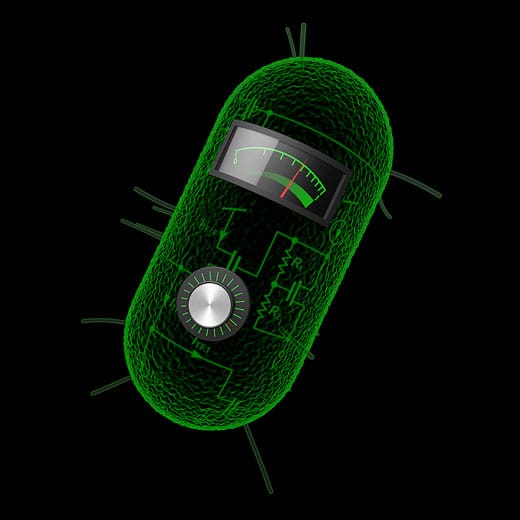Cells that do the Math

Calculators need not compulsorily be made of circuits printed on silicon chips anymore. A group of engineers from MIT have managed to create living calculators by transforming bacterial cells into number crunchers capable of computing logarithms, square roots and other arithmetic functions using three or less genetic parts.
The synthetic computation circuits in these biological calculators are made of existing genetic parts or engineered genes. These circuits functions like the analog kind and make use of existing natural biochemical functions found in the cells instead of reinventing them with digital logic.
Analog computing scores over digital computation in terms of precision and the continuous wide range of inputs it can handle unlike in digital circuits where all values are classified as zeros and ones with no room for those in between. Analog computing will be useful in developing cellular sensors for pathogens and other molecules. And by combining it with digital circuits, cells can be made to take specific actions triggered by threshold levels of certain molecules.
Analog circuits require very less parts compared to digital circuits, which in turn translates to lesser energy requirement. By combining two circuits, where one responds to arabinose to activate a gene coding for Green Fluorescent Protein (GFP) and other responding to a signaling molecule AHL to produce the same affect. Total amount of both inputs can be calculated by measuring the total amount of GFP. For subtraction, one of the activator transcription factors is swapped with a repressor to turn off GFP production in the presence of input molecule.
Another circuit developed by the team performs division by calculating the ratio of two different molecules. Cells already have the mechanisms in place as most of these computations are already being performed by cells for controlling its functions, but in order to scale them up to function over ranges up to 10000 require extra engineering .
Now the aim is to create more sophisticated analog circuits in much larger mammalian cells and to find more genetic parts that can be incorporated into these circuits.
Source: MIT


